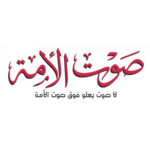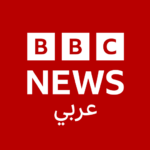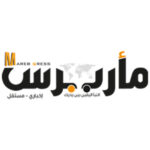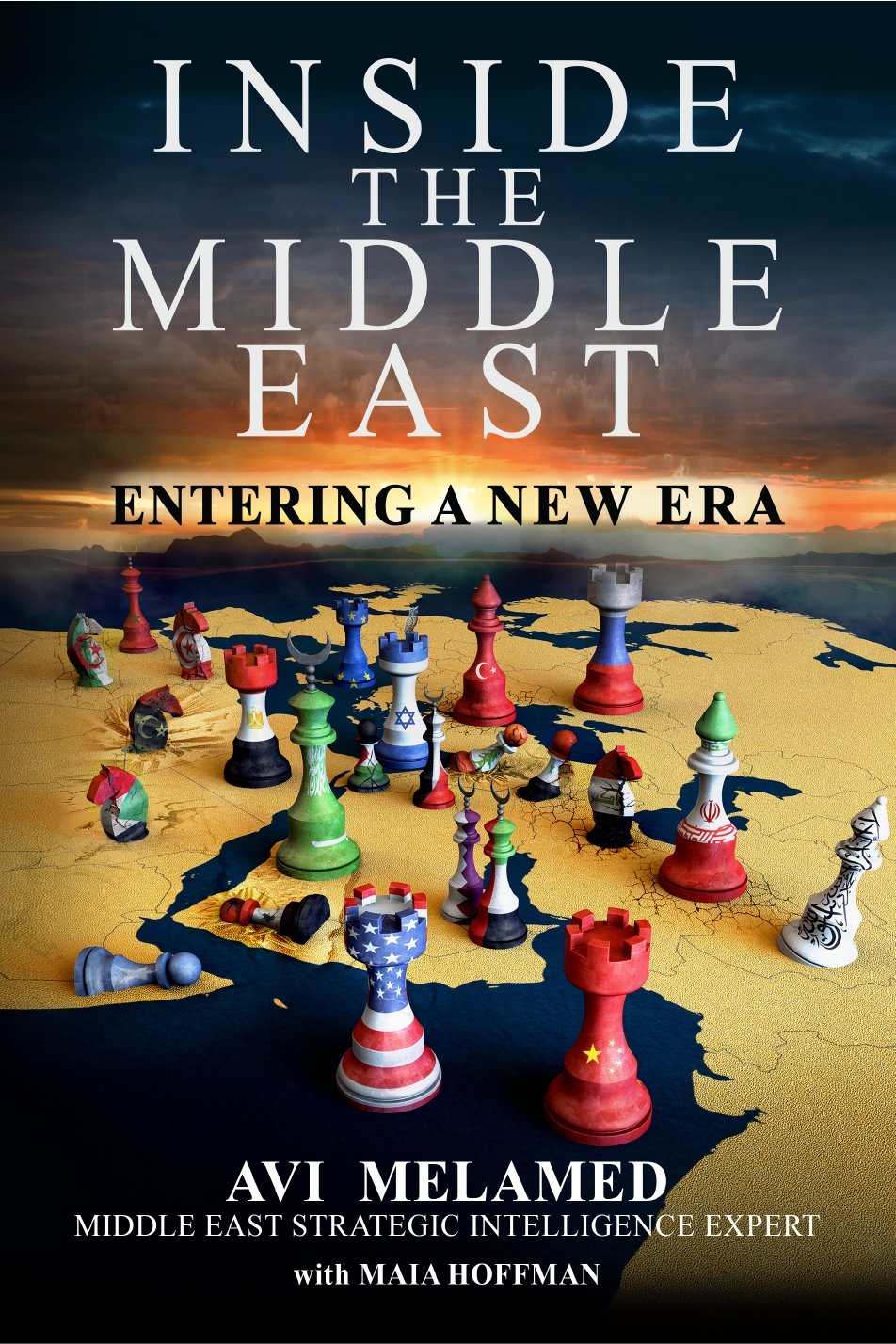|
Getting your Trinity Audio player ready...
|
Saudi Arabia: New King, Old Dance
King Abdullah Bin Abd-Alaziz, the sixth king of Saudi Arabia, died on January 23, 2015 at age of 91.
King Abdullah Bin Abd-Alaziz, ruled Saudi Arabia for ten years from 2005 to 2015. He was the twelfth son, out of 36 sons and an unknown number of daughters, of the founder of the Saudi Arabia Kingdom Abdul Aziz Al-Saud (1932-1953).
Following King Abdullah’s death, Crown Prince Salman was announced the new King of Saudi Arabia.
King Salman is 79 years old. He was appointed the Crown Prince following the death of two of his brothers – Prince Sultan who died in 2011 and Prince Nayef who died in 2012. All three are sons from the same mother, Hussah Al-Sudairi, one of King Abd Al-Aziz Al-Saud’s wives – she died in 1969.
King Abduallah Bin Abd-Alaziz’s mother was Fahda bint Asi Al Shuraim. The current Crown Prince is Muqrin, the youngest son of Abd Al-Aziz Al-Saud, born in 1945. He is the son of a different mother (who is of Yemenite origin).
King Abdullah ruled during one of the most dramatic chapters in the history of the Middle East – the outbreak of the events known as the Arab Spring. During his rule, the Kingdom knew both progress on various issues, as well as growing social and economic challenges.
While Sunni Arab States are disintegrating, militant Islam is gaining momentum, Arab societies are experiencing massive turbulences, and the Sunni-Shiite rivalry is deepening and growing throughout the region, King Abdullah was perceived by many in the region – and in the world – as a responsible, calculated, solid leader, as well as a cautious reformer. In the face of growing challenges, both regionally and domestically, King Abdullah strived to enhance stability.
King Abdullah’s domestic, as well as foreign and regional policies, were primarily characterized by a diplomatic, cautious and mediating approach. For example, the King initiated and encouraged agreements between the disputing sides in Lebanon as well as between Hamas and the Palestinian Authority. Though his efforts did not succeed or last, it does not necessarily indicate the weakness of the king; it is rather mostly a manifestation of the complexity of the conflicts.
In the face of the growing intimidation of Militant Islam, the King initiated and supported activities aimed at enhancing inter-faith dialogue and tolerance.
However, on some issues the King did not hesitate to conduct an aggressive, decisive policy. For example, it was because of his pressure that the Syrian President, Bashar Al-Assad, withdrew from Lebanon in 2005. The King rushed to send his armed forces to prevent a coup in neighboring Bahrain and to defend its dynasty.
The King led intensive diplomatic efforts aimed to restrain the growing Iranian intimidation. However, his policy was not only a diplomatic one. The King did not hesitate to use military force in order to signal to the Iranians that he would not tolerate the crossing of red lines. That was the case in Bahrain, that was the case in the war against the Houti Shiite tribes in northern Yemen (November-December 2009), and that was the case in the war in Syria where Saudi Arabia supports, arms and finances the Syrian Rebel groups and primarily “The Islamic Syrian Front.”
King Salman was King Abduallh’s full partner in the shaping and implementation of Saudi policies. Therefore, Arab analysts predict that King Salman’s “policy will be similar to Abdullah’s.”
Naturally, many wonder if the transition itself will result in turbulence and instability in Saudi Arabia. Given the inner challenges in Saudi Arabia, as well as the turbulence in the Middle East, it is an important question.
I do not foresee instability taking place in Saudi Arabia in the foreseeable future. In my assessment, stability will be kept in Saudi Arabia. One should note that the same day King Abdullah was buried, the new King was sworn in and the Senior Leadership of Saudi Arabia formally announced allegiance to the new King.
One of Salman’s first steps as the King is very interesting and meaningful. He ordered that the next Crown Prince, after Prince Muqrin, will be Prince Mohammed Bin Nayef, who is the grandson of Abd Al-Aziz Al-Saud. King Salman’s move is meaningful because the current Crown Prince – Prince Muqrin – is the last son of Abdul Aziz Al-Saud, the founder of Saudi Arabia. By nominating Mohammed Bin Nayef as the first Crown Prince from the second generation (i.e. the grandson of Abdul Aziz Al-Saud) King Salman conveys a message of continuity and stability of the Kingdom. And indeed, the name of the game in Saudi Arabia is stability.
The stability of the Saudi Monarchy stems from a couple of factors:
First, the Monarchy represents the fabric, founded on a tribal and familial base, which preserves the stability of the existing socio-political-economic system. In many ways, the Monarchy is the social fabric and the social fabric is the Monarchy.
The second factor is the enormous wealth of Saudi Arabia which enables the Monarchy to carry out large scale social and economic programs to meet the needs of the Saudis. The 2015 Saudi national budget is about USD $230 billion – the biggest budget ever in Saudi history.
A third factor is the deep emotional identification of the population with the Royal Dynasty, based on two central components. One component is the legitimacy of the Saudi Royal Dynasty on a religious and cultural basis. Saudi Arabia is located in the Arabian Peninsula which is the cradle of both the religion of Islam and Arab culture. The formal title of the Saudi King is the “Servant of two scared religious sites of Islam.” The other component is the admiration of the Monarch. Saudi culture and society is a tribal one, where values of loyalty, devotion, and obedience to the leaders are deeply rooted. Ceremonies like the Bay’ah, the Oath of Allegiance, or the Ardah Dance, the Saudi formal dance in times of war, peace, and joy that go back to the early times of Arab culture, manifest the centrality of these values and sentiments in Saudi society. One must not underestimate the importance of the factor of emotional identification. In the period that has elapsed since the Arab Awakening began, it has been shown more than once – in Jordan, Kuwait, Morocco, and Saudi Arabia – that the emotional identification of the public with the Monarchy and with the Monarch, fills a central role in maintaining the stability of the regime.
If you want to have a better understanding of the news and what really drives the unfolding events…
Read the latest book of Avi Melamed,
INSIDE THE MIDDLE EAST | ENTERING A NEW ERA, available now >>>
Follow me on Twitter @AviMelamed; Facebook @InsideTheMiddleEast; for more Videos on YouTube https://www.youtube.com/c/AviMelamed
I can always be reached at Av*@********ed.com































































